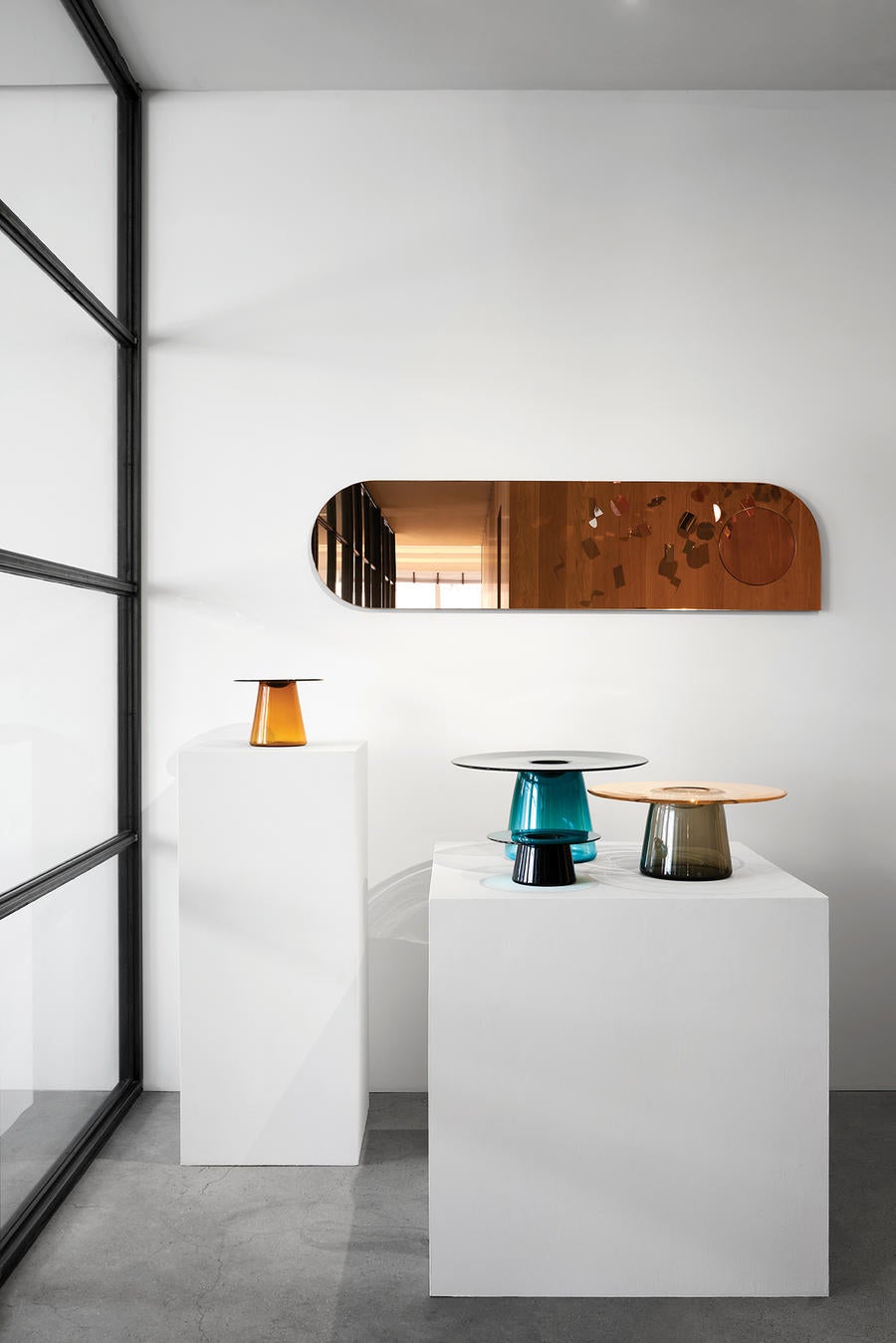Five years ago, Jean Lin used her life savings to sign a five-year lease for a second-floor showroom on a graffiti-inflected block of New York’s Canal Street. That space became home to Colony, a gallery for independent American designers and makers that currently represents 13 furniture, lighting, textile and object designers. Now, Lin has created a new initiative to discover and exhibit up-and-coming talent—and help them establish sustainable business, manufacturing and marketing practices.

At the outset, Lin was motivated by the harsh realities (and challenging profit margins) of the independent makers she had met through editorial and trend forecasting work. After Hurricane Sandy hit New York in 2012, she curated a charitable exhibit of work made out of storm debris, which was sold to raise funds for disaster relief, and began to identify the common pain points experienced by the designers she was collaborating with. “I thought of Colony as a community builder where these talented designers could face those challenges together,” she says.
Though Lin’s corner of SoHo has changed considerably since her gallery opened, Colony’s block has retained a modicum of grit. Inside, the gallery exudes a quiet, whitewashed cool: Shapely tables and curvy upholstery in shades of ochre, oatmeal and cream are arranged into loose seating arrangements and showcased on low pedestals; delicate fringed wallhangings by textile artist Hiroko Takeda float atop painted brick. The magic is in the deft medley of pieces—each more singular than the next—into a cohesive vision.

BOH subscribers and BOH Insiders.










































